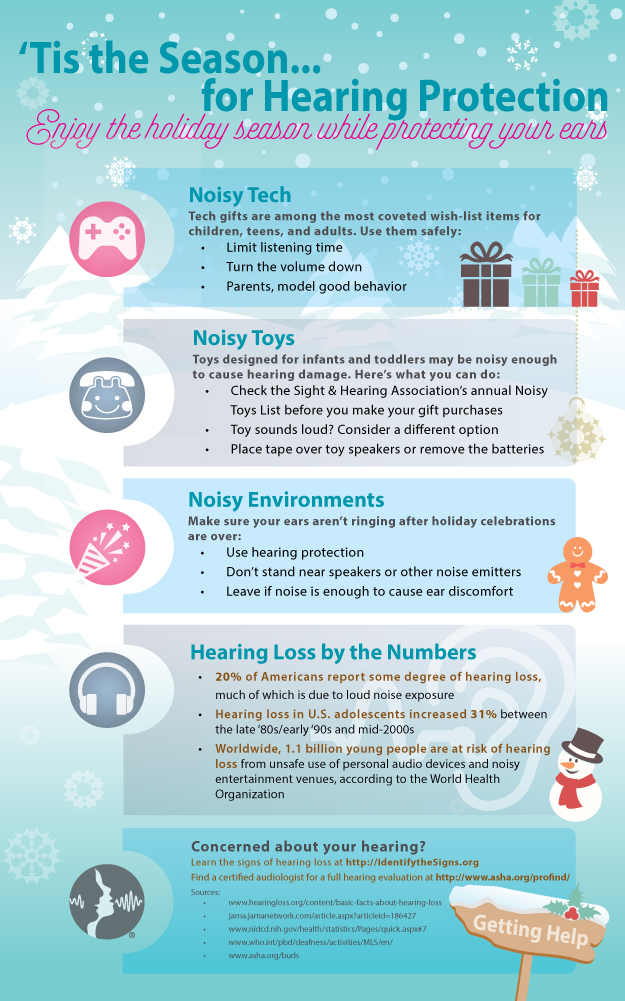Imagine browsing a labyrinth where the wall surfaces shift suddenly-- this is usually how individuals with dyslexia experience proficiency. You're most likely aware that effective treatments can assist develop clearer paths, however with a lot of alternatives offered, it can be tough to know which ones really make a difference. From structured proficiency programs to innovative assistive technology, each method provides distinct advantages. So, what's the most effective technique to take? Allow's check out the top 5 therapies that could transform the learning experience for those facing dyslexia.
Structured Literacy Programs
Structured proficiency programs are vital for successfully showing individuals with dyslexia. These programs concentrate on the systematic and explicit guideline of reading, composing, and punctuation. They make use of a detailed method that emphasizes phonics, which suggests you'll learn to decipher words based upon their noises. When you participate in structured proficiency, you'll locate that it develops your abilities considerably, guaranteeing you understand each part prior to transferring to the next.
You'll additionally benefit from the clear, straight mentor techniques these programs utilize. This means less uncertainty and more confidence as you learn. Structured proficiency is developed to cater particularly to the needs of students with dyslexia, resolving their unique obstacles. You'll often see constant routines that aid enhance learning and retention.
Additionally, structured literacy programs support comprehension by instructing you just how to examine text and understand its significance. This strategy not only enhances your reading capabilities yet additionally fosters a love for analysis.
Multi-Sensory Knowing Techniques
While standard reading techniques commonly focus entirely on visual or auditory learning, multi-sensory learning strategies engage numerous senses to enhance understanding and retention for individuals with dyslexia. These techniques assist you connect new details with existing knowledge, making learning more reliable.
One reliable approach is using responsive products, like distinctive letters or sandpaper shapes. When you trace these letters while claiming the sounds they make, you activate touch, view, and sound concurrently. This can strengthen your memory and boost recall.
Integrating motion into learning can also be useful. As an example, you might utilize motions or body movements to stand for words or ideas, making the details a lot more remarkable. Participating in tasks like creating words airborne can better strengthen your understanding.
In addition, using visual aids, such as color-coded graphes or representations, can help you arrange details more effectively. Combining these sensory experiences produces an abundant discovering atmosphere, making it simpler to understand complex ideas.
Inevitably, multi-sensory learning techniques encourage you to discover in such a way that matches your unique demands, fostering confidence and success in analysis and writing.
Assistive Modern Technology Devices
Assistive modern technology tools play a vital duty in supporting individuals with dyslexia by making analysis and creating tasks a lot more obtainable. These devices can substantially boost your understanding experience and enhance your self-confidence.
One popular choice is text-to-speech software program, which reviews text out loud, helping you much better comprehend written material. This function is especially valuable for lengthy records or textbooks.
An additional efficient device is speech-to-text software application. By permitting you to talk your ideas rather than keying them, it reduces the challenges you could confront with punctuation and composing fluency.
Additionally, word prediction software application can help you by recommending words as you type, making it easier to reveal your concepts without getting stuck.
E-readers and electronic platforms frequently include personalized settings that allow you readjust font size, history color, and spacing, helping reduce visual stress.
Lastly, applications created to enhance phonological understanding and analysis abilities can offer engaging technique in a fun layout.
Speech and Language Therapy
Along with assistive modern technology, speech and language therapy can be a useful resource for individuals with dyslexia. This therapy concentrates on boosting your interaction abilities, which can considerably influence your analysis and creating capacities. A certified speech-language pathologist will certainly evaluate your details demands and create a customized plan to resolve them.
Throughout treatment sessions, you'll participate in exercises that target phonemic awareness, vocabulary building, and language comprehension. By boosting these foundational skills, you'll find it easier to translate words and recognize texts. The therapist might likewise supply techniques to aid you self-monitor your reading and writing, enabling you to become extra independent in your knowing.
In addition, speech and language treatment isn't practically reading; it additionally helps you reveal your thoughts more plainly. This can boost your confidence in class conversations and social communications.
Parental Involvement Strategies
Adult participation plays a vital function in sustaining youngsters with dyslexia, as moms and dads can straight affect their kid's learning trip. By proactively engaging in executive functioning skills list , you can help them get rid of obstacles and develop self-confidence.
Here are some efficient methods you can use:
1. ** Develop an encouraging home setting **: Designate a peaceful, well-lit area for analysis and homework. Make sure your kid really feels comfy and encouraged to ask inquiries.
2. ** Urge regular reading **: Check out together daily, picking books that match their passions and reading level. This technique improves their skills and fosters a love for literary works.
3. ** Interact with instructors **: Preserve open lines of communication with your kid's teachers. On a regular basis review your youngster's progression and any kind of problems. Collaboration can result in more tailored support.
4. ** Celebrate success **: Identify and commemorate your youngster's successes, regardless of how small. Favorable reinforcement increases their motivation and self-confidence, making them more excited to discover.
Verdict
In conclusion, taking on dyslexia resembles assembling a challenge-- each therapy fits distinctly to produce a complete photo of success. By welcoming organized proficiency programs, multi-sensory techniques, assistive technology, speech treatment, and parental participation, you can significantly improve reading and composing skills. Remember, every individual's trip is different, so don't wait to combine these techniques to discover what works best for you or your kid. With persistence and support, development is not just possible; it's attainable.
